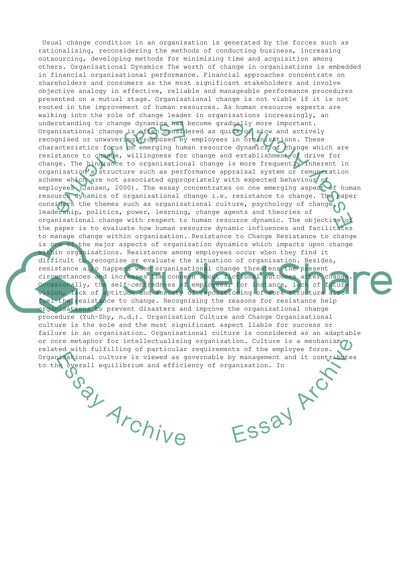Cite this document
(“Culture and Change Essay Example | Topics and Well Written Essays - 3000 words”, n.d.)
Retrieved from https://studentshare.org/business/1397241-culture-and-change
Retrieved from https://studentshare.org/business/1397241-culture-and-change
(Culture and Change Essay Example | Topics and Well Written Essays - 3000 Words)
https://studentshare.org/business/1397241-culture-and-change.
https://studentshare.org/business/1397241-culture-and-change.
“Culture and Change Essay Example | Topics and Well Written Essays - 3000 Words”, n.d. https://studentshare.org/business/1397241-culture-and-change.


